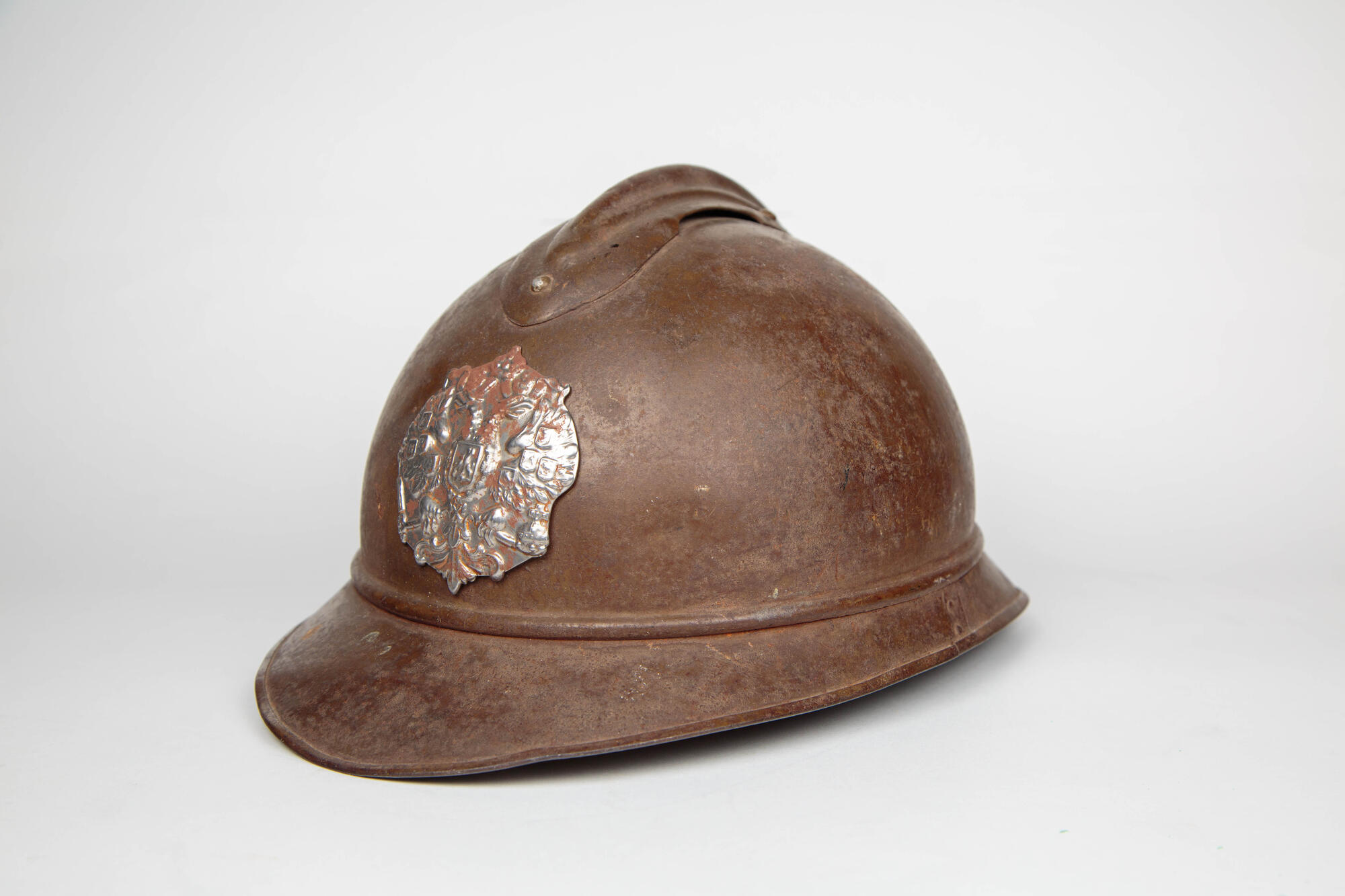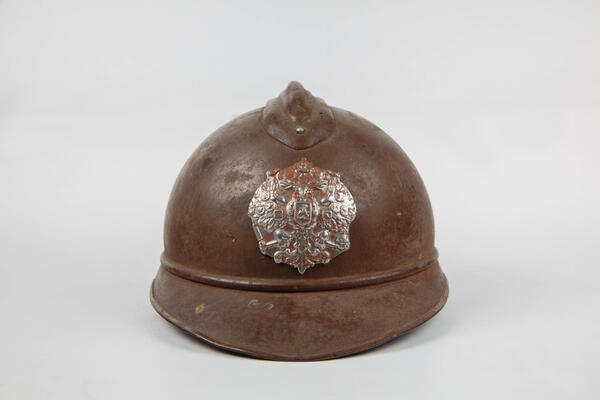The M15 French army helmet became known as the Adrian helmet or “Adrianka” in Russian. Its developer was Auguste Louis Adrian (1859–1933), an engineer and military quartermaster. He was born in Metz, which was occupied by Prussia in 1871, so Adrian had to leave his hometown. He studied at the Polytechnic School. From 1891 to 1895, he led the preparations for the defense of the island of Cézembre in the Gulf of Saint-Malo.
In the winter of 1914, Auguste Louis Adrian proposed using a lightweight helmet (weighing 700–800 grams, depending on size) made of 0.7-mm-thick sheet steel during battles. Such a helmet was relatively inexpensive to manufacture. It was mass-produced in millions of units per year. The use of these helmets during battles in the First World War yielded positive results: in 1916, only 22 percent of the French soldiers were wounded in the head, and half of the wounds were not fatal.
The crest at the top of the helmet designed by Adrian was intended to protect the ventilation hole. The French engineer also made the brim wider on both sides of the helmet. The helmets designed for crews of armored vehicles were not fitted with a front visor.
The M15 helmet was adopted by a large number of countries. It was used by the troops of Belgium, Greece, Italy, the Russian Empire, and later the USSR, Japan, Luxembourg, Mexico, Morocco, Peru, Poland, and Yugoslavia. In the 1920s, helmets designed by Auguste Adrian were acquired by the Republic of China. The states that bought Adrian helmets for their troops changed the insignia. However, it turned out that the cockades on the front of the helmet reduced its strength, so they were soon discarded altogether.
On June 16, 1920, Auguste Louis Adrian was presented with the insignia of Grand Officer of the Legion of Honor. The famous engineer died on August 8, 1933. He was buried in the commune of Genêts in Normandy.
In 1926, the Adrian
helmet was modified in France. Subsequently, the French troops were equipped
with M1 helmets, which were developed in the USA, and then with the M1945
helmets. Later, this type of personal armor was replaced by the Model 1951
helmet, which was retired from service in the 1990s.




